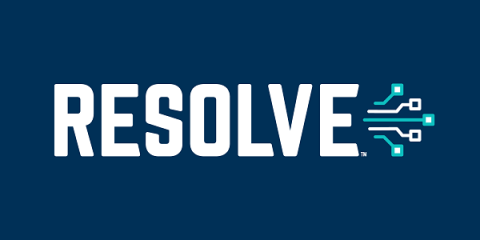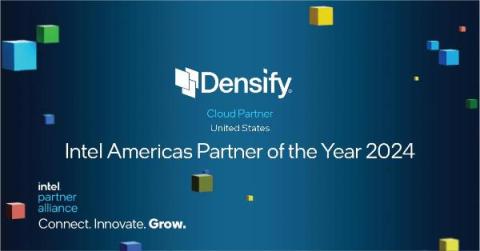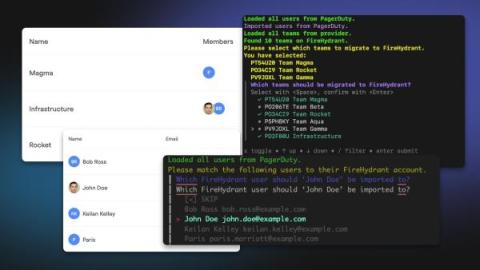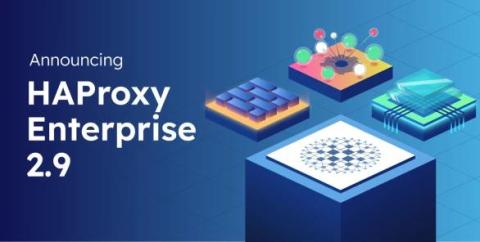Resolve Actions vs. DIY Automation: Which is Really Better?
When it comes to IT automation, the choice between a service orchestration and automation platform like Resolve Actions or building your own automation engine or workflow tool is a pivotal decision. While each option presents its own set of strengths and considerations, Resolve Actions emerges as a powerful solution for organizations looking to streamline their automation efforts. Here’s why.











